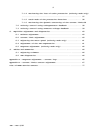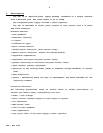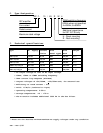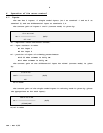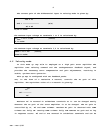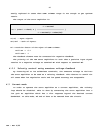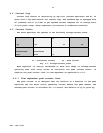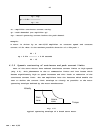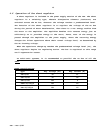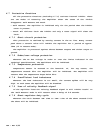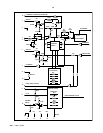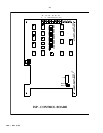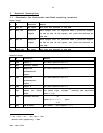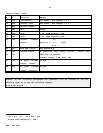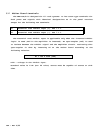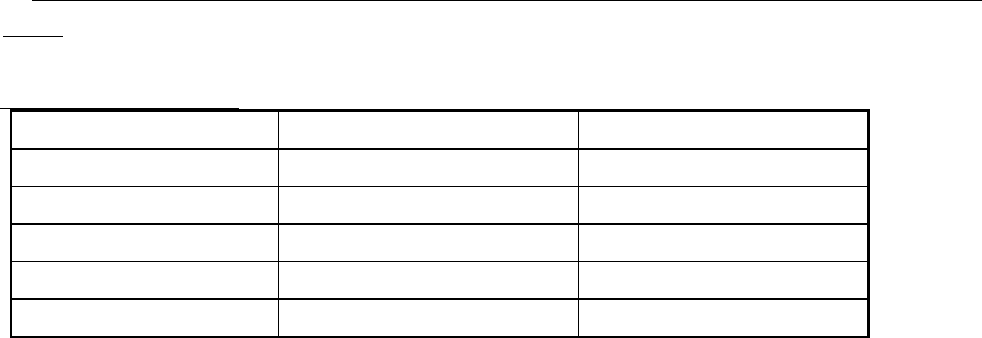
13
ISP - Rev 6/95
4.6 Operation of the shunt regulator
A shunt regulator is included in the power supply section of the ISP. The shunt
regulator is a switching type, wherein dissipative elements (resistors) are
switched across the DC bus, whenever the voltage reaches a predetermined level.
The function of the shunt regulator is to regulate the voltage of the DC bus
during the period of motor deceleration, when there is a net energy outflow from
the motor to the amplifier. The amplifier handles this reverse energy just as
efficiently as it provides energy to the motor, hence, most of the energy is
passed through the amplifier to the power supply, where the returning energy
charges the filter capacitors above their normal voltage level, as determined by
the AC incoming voltage.
When the capacitors charge-up reaches the predetermined voltage level (Vr), the
shunt regulator begins its regulating action. The bus is regulated to this range
until regeneration ceases.
On multi-axis systems, it is recommended to parallel the DC bus of all the
ISPs.
SHUNT specifications
Type Reg. Voltage (Vr) Reg. Current (A)
ISP-8/65 91 11
ISP-15/65 91 22
ISP-5/135 191 6
ISPF-10/135_W 191 12
ISP-10/135_W 191 12



